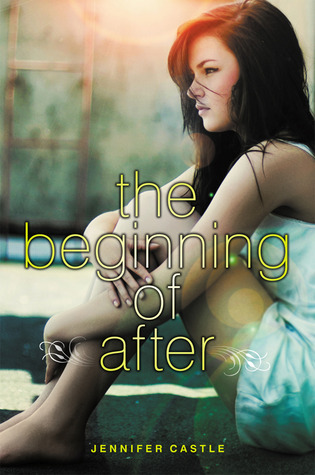
Love You Hate You Miss You
Book Description
Love can be a twisting labyrinth of longing and regret. When a tragic accident leaves Sarah grappling with the ghosts of her past, she finds herself torn between the memories of a love lost and the reality of moving on. As she navigates her grief, startling revelations shake her world, forcing her to confront the choices she made and the pain she caused. With emotions raging like a storm, will Sarah find the strength to heal, or will she be forever haunted by the shadows of what could have been? Can love truly survive when it feels like everything is falling apart?
Quick Book Summary
"Love You Hate You Miss You" by Elizabeth Scott follows Amy, a high school student wrestling with guilt and grief after the tragic death of her best friend, Julia. Sent to therapy and struggling to reconnect with her emotionally distant parents, Amy pours her feelings into letters addressed to Julia. Through these deeply personal reflections, Amy confronts the choices, pain, and anger that have shaped her since the night of the accident. As she navigates tenuous new friendships and the complexities of first love, Amy is forced to examine her relationship with herself, Julia, and those around her. Ultimately, her journey is one of healing: accepting responsibility, forgiving herself, and learning that grief does not erase the possibility of hope or connection.
Summary of Key Ideas
Table of Contents
Grief and the Journey to Healing
Amy finds herself alone and consumed by guilt after the death of her best friend, Julia, in a car accident. Blaming herself for the events that led up to that night, Amy struggles to make sense of her emotions. Therapy sessions become a requirement, but Amy is mostly silent, sharing her true feelings through unsent letters to Julia. These letters allow her to process the intensity of her grief and anger, and they become a safe space where she can be brutally honest about her pain and regrets.
Guilt, Responsibility, and Self-Forgiveness
At school, Amy feels isolated and struggles to connect with her peers, who label her as the girl responsible for Julia’s death. She is haunted by fragmented memories of their friendship—both the happy moments and the toxic ones. As Amy reflects on their tumultuous connection, she recognizes the codependency and destructive choices they often made together. Slowly, Amy befriends Caro, a girl from her therapy group, and Patrick, a classmate who sees beyond her reputation. These tentative relationships offer a lifeline, encouraging Amy to reengage with the world.
The Complexity of Teenage Relationships
Amy’s home life is similarly fraught. Her parents, absorbed in their own grief and disappointment, maintain a cold distance, leaving Amy to fend for herself emotionally. Through her letters and observations, Amy begins to see the cracks in her family’s façade and realizes that each person processes loss in their own way. The lack of communication and warmth at home amplify Amy’s loneliness and force her to seek support outside her family.
Family Dynamics and Emotional Distance
Throughout the story, poignant revelations surface about the night of Julia’s death and the nature of their friendship. Amy must come to terms with her part in what happened, distinguishing between actual responsibility and survivor’s guilt. This painful examination allows her to gradually accept the past, understanding that healing requires both accountability and forgiveness. The support from new friends and therapy encourages Amy to confront her grief instead of being subsumed by it.
The Process of Moving Forward
By the novel’s conclusion, Amy takes her first real steps towards moving forward. She acknowledges that while her love and grief for Julia will always be a part of her, it does not have to define her entire existence. The process of healing is ongoing, but Amy learns to forgive herself, nurture new relationships, and accept both love and pain as integral parts of her journey. The book ends on a note of cautious hope, emphasizing the resilience of the human spirit.
Download This Summary
Get a free PDF of this summary instantly — no email required.





